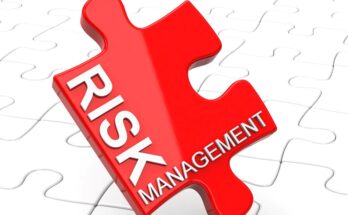Access control systems play a crucial role in ensuring the security of your organization’s physical and digital assets. As potential threats become more sophisticated, it’s essential to adopt comprehensive access control measures that will safeguard your organization’s premises and data. In this article, we will discuss the key components of an access control system and how it helps in creating a secure environment.
Components of an Access Control System
Identification and Authentication
The first step of any access control system is identifying and authenticating the user seeking access. This can be done using various methods, such as providing a username and password or presenting a security card or token. Biometric authentication, including fingerprint or facial recognition, is another option for secure identification. Implementing strong authentication methods is crucial for total access control solutions to live up to their name.
Authorization
Once a user has been identified and authenticated, the access control system determines the level of authorization they possess for specific resources. This can be achieved by assigning different user roles with varying access permissions. For instance, an administrator might have full access to all resources, while other employees or contractors may have more limited access, depending on their job roles and responsibilities.
Access Control Devices
Access control devices, such as door controllers and readers, are an important component of a physical access control system. They provide a means of controlling access to specific locations within a facility or building. Some common examples include card readers, biometric readers, and keypad devices. Access control devices are integrated into the access control system and work alongside other security measures to maintain the overall integrity of the security infrastructure.
Auditing and Monitoring
An often overlooked but vital component of any access control system is auditing and monitoring. This involves tracking and recording user access activity, enabling organizations to detect unauthorized or suspicious activities. It’s important to have detailed logs and real-time alerts to ensure swift action can be taken in response to potential security breaches. Auditing and monitoring are essential in addressing vulnerabilities and refining access control policies. With a better TAC to protect RDP, for instance, organizations can improve the security of their network and keep malicious actors from accessing their data.
Integration with Other Security Systems
A comprehensive access control system can further enhance security by integrating with other security systems, such as video surveillance, intrusion detection, and alarm systems. This integration allows for seamless communication between all security components and provides a unified security experience.
To Conclude
A robust access control system is essential to safeguard your organization’s assets, both physical and digital. By understanding the key components discussed in this article, you can better select and implement an access control solution that meets your organization’s unique security needs. As technology improves, organizations can leverage advancements, such as total access control and secure RDP connections, to ensure a safe and secure working environment.




